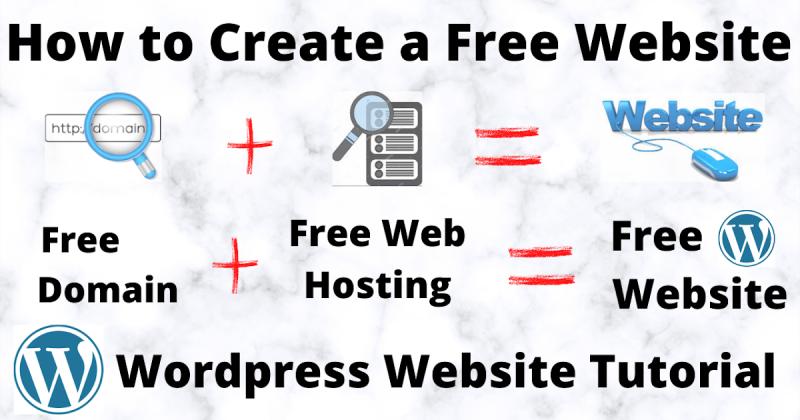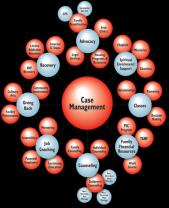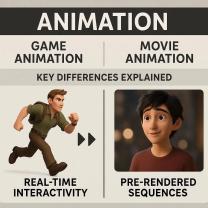How can I build a website for free?
Building a website for free is possible using various online platforms that offer free hosting and website building tools. Here's a step-by-step guide to help you build a free website:
Step 1: Define Your Purpose and Content
Before you start building your website, clarify its purpose and the content you want to include. Determine if it's a personal blog, portfolio, business site, or any other type.
Step 2: Choose a Free Website Builder
Select a website builder that offers free plans. Some popular options include:
- Wix: A versatile platform with a drag-and-drop editor.
- Weebly: Known for its simplicity and ease of use.
- WordPress.com: A widely used platform with a user-friendly interface.
- Strikingly: Specializes in single-page websites.
- Google Sites: A straightforward and easy-to-use option.
Step 3: Sign Up and Choose a Domain
Sign up for an account on the chosen platform. During the sign-up process, you'll be prompted to choose a domain. Free plans often come with a subdomain (e.g., yourname.wixsite.com).
Step 4: Select a Template
Choose a template that suits your website's purpose. Website builders provide a variety of templates that you can customize to fit your style.
Step 5: Customize Your Website
Use the website builder's tools to customize the template. Add your text, images, and other content. Modify the layout, colors, and fonts to match your preferences.
Step 6: Add Pages and Sections
Create and organize pages for different sections of your website. Common pages include Home, About Us, Contact, and Services/Products.
Step 7: Set Up Navigation
Ensure that your website has clear and user-friendly navigation. Create menus to help visitors find information easily.
Step 8: Optimize for SEO
Optimize your website for search engines by adding relevant keywords to your content, using descriptive page titles, and enabling SEO settings provided by the platform.
Step 9: Preview and Test
Preview your website to see how it looks on different devices. Test links and ensure that all pages load correctly.
Step 10: Publish Your Website
Once you're satisfied with your website, publish it to make it accessible to the public. Free plans may come with certain limitations, such as ads or restrictions on storage and bandwidth.
Step 11: Explore Additional Features
Depending on the platform, you may have access to additional features like contact forms, social media integration, or e-commerce capabilities. Explore these features to enhance your website.
Step 12: Learn and Iterate
As you build your website, take the opportunity to learn about additional features and functionalities offered by the platform. Experiment with different designs and layouts, and don't be afraid to iterate and make improvements over time.
Remember that while building a free website is a great starting point, you may consider upgrading to a paid plan in the future for additional features, a custom domain, and increased flexibility. Regularly update your website with fresh content to keep it engaging and relevant.
How can individuals create a website without incurring expenses?
There are several ways individuals can create a website without incurring any upfront costs:
1. Free Website Builders:
- Wix: Popular choice with a user-friendly interface, hundreds of templates, and built-in features for e-commerce, blogging, and more.
- Weebly: Another easy-to-use option with a structured editor, good e-commerce features, and mobile-optimized templates.
- WordPress.com: The free plan of the popular WordPress platform, offering basic features and a limited selection of themes.
2. Subdomains:
- GitHub Pages: If you have basic coding knowledge, create a free website on GitHub Pages using HTML, CSS, and JavaScript.
- Google Sites: Simple website builder from Google, ideal for personal or small business sites.
3. Open-Source CMS:
- WordPress.org: Download the free WordPress software and install it on a free web hosting provider (though these often have limitations).
4. Static Site Generators:
- Jekyll: Create static websites using Markdown files and host them for free on GitHub Pages or Netlify.
5. Online Portfolio Platforms:
- Behance: Showcase your creative work on this platform for designers, artists, and photographers.
- Crevado: Another free portfolio platform with customizable templates and unlimited projects.
Important Considerations:
- Features: Free options often have limitations in features, storage, or bandwidth.
- Ads: Some free plans display ads on your website.
- Customization: Customization might be limited compared to paid plans.
- Professionalism: For a fully professional appearance and complete control, consider investing in a paid plan or hiring a web developer.
Additional Tips:
- Find free resources: Numerous free tutorials, templates, and plugins are available online.
- Learn basic coding: Knowing HTML, CSS, and JavaScript can give you more control over your website.
- Focus on content: Creating engaging and valuable content is crucial for attracting visitors to your website, regardless of its look.
- Network and learn: Connect with other website creators and learn from their experiences.
Remember, while creating a website for free is possible, it may require more effort and technical knowledge compared to paid options. However, with dedication and resourcefulness, you can build a decent website on a budget and gain valuable skills in the process.
I hope this information helps you create your online presence without breaking the bank!













